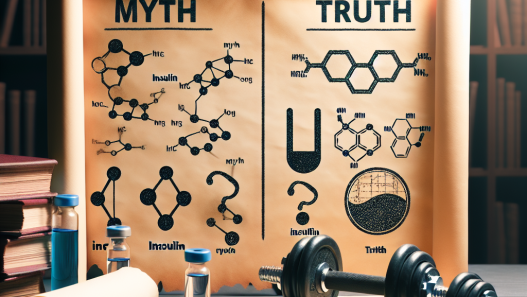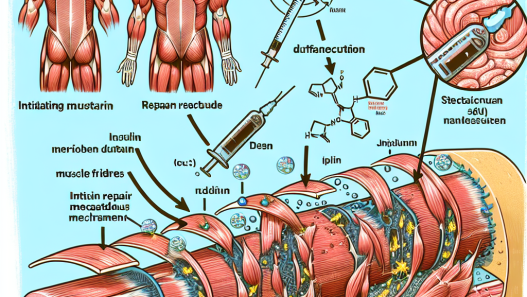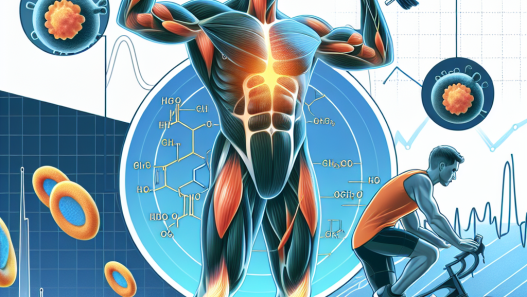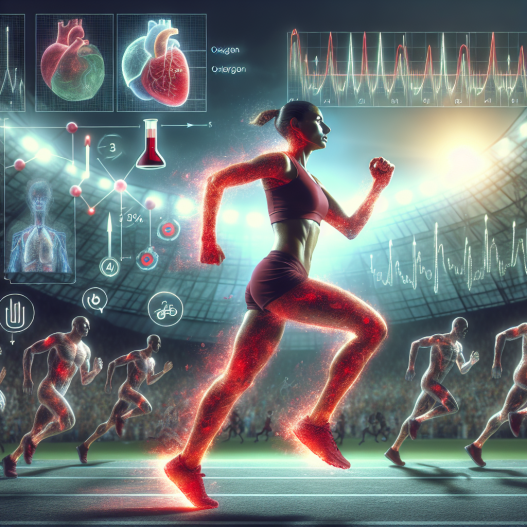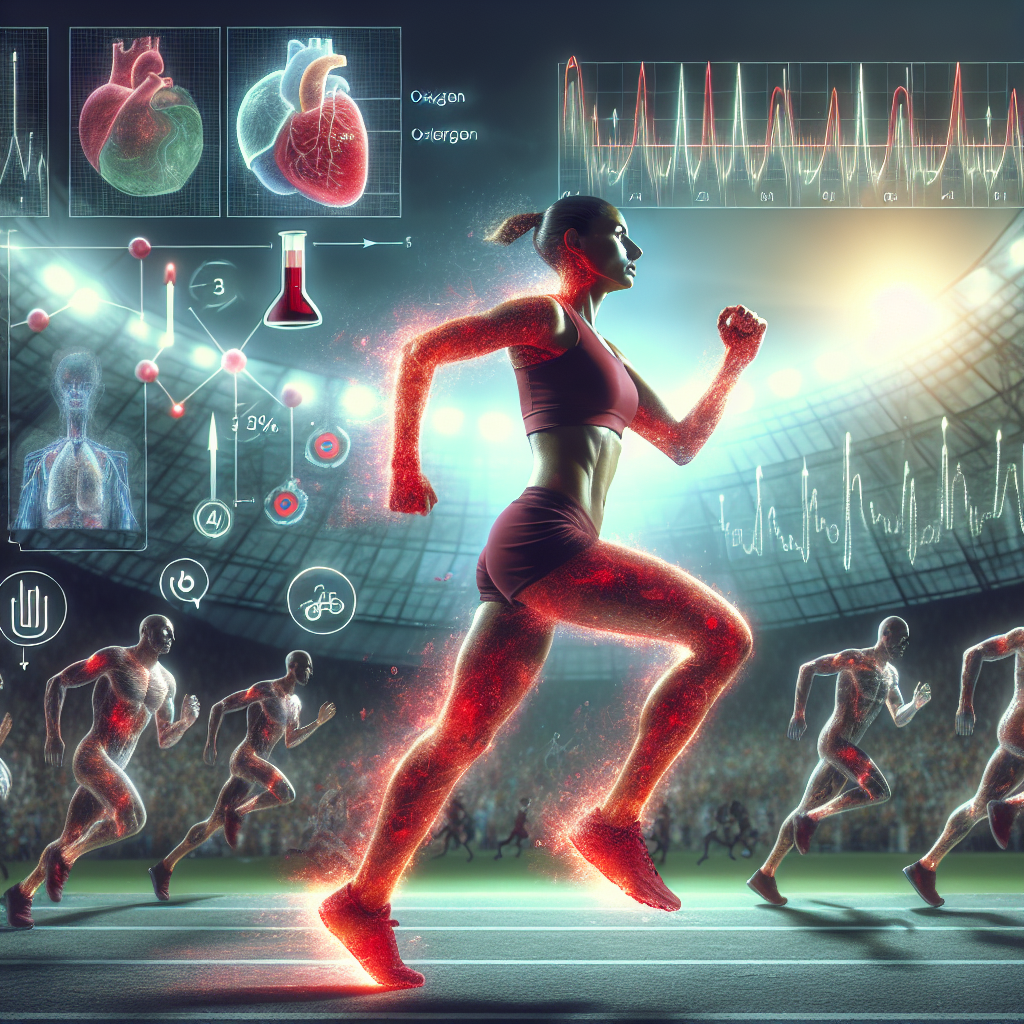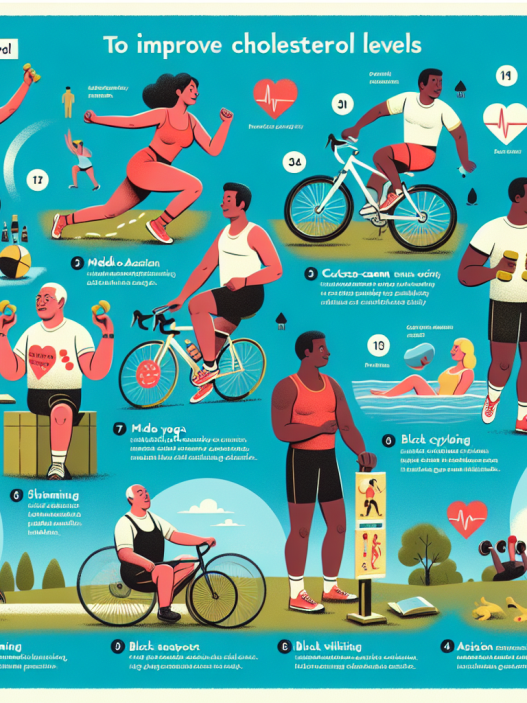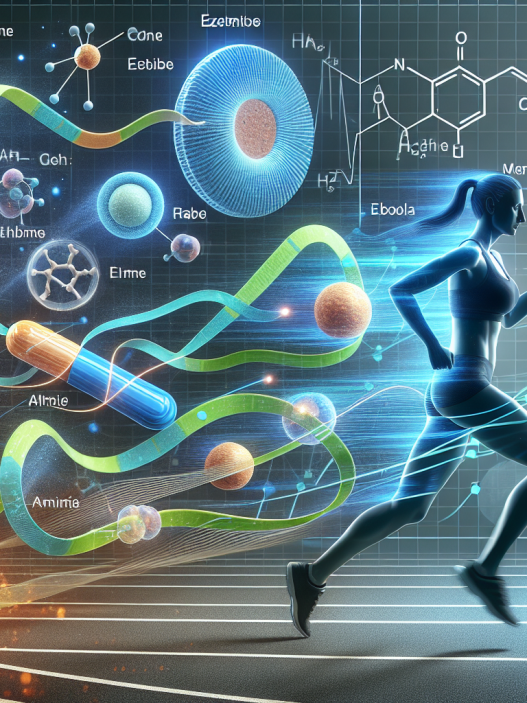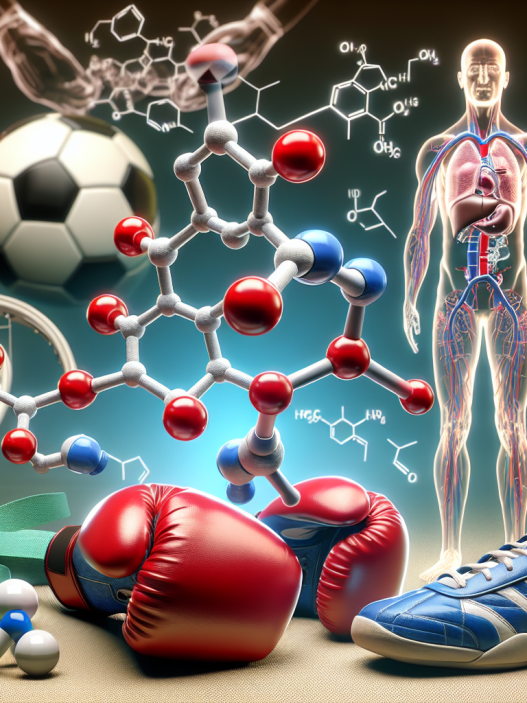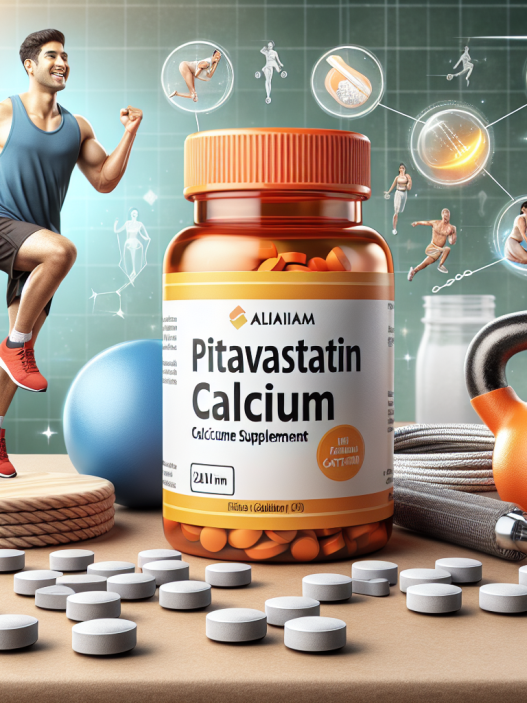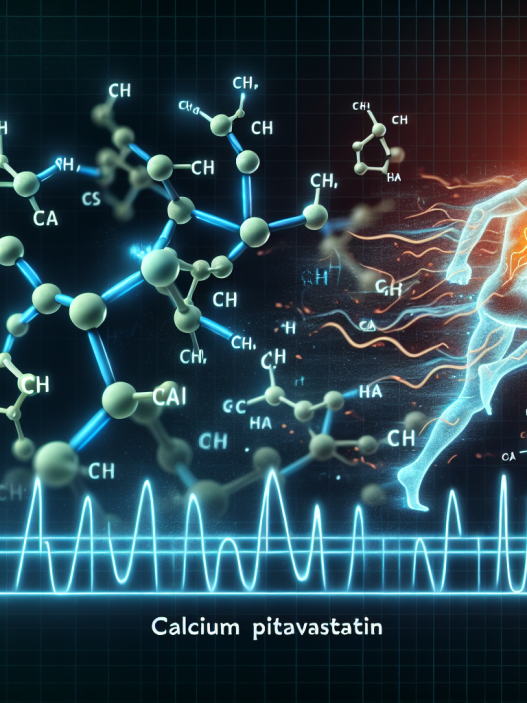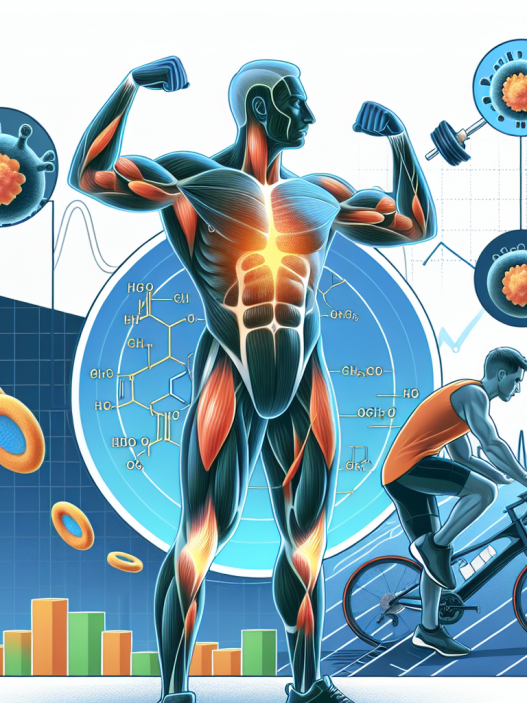-
Table of Contents
The Effects of Erythropoietin on Sports Performance
Sports performance is a highly competitive field, with athletes constantly seeking ways to improve their performance and gain an edge over their opponents. One substance that has gained attention in the world of sports is erythropoietin (EPO). EPO is a hormone naturally produced by the body that stimulates the production of red blood cells. In recent years, there has been a lot of debate surrounding the use of EPO in sports and its potential effects on performance. In this article, we will explore the pharmacokinetics and pharmacodynamics of EPO and its impact on sports performance.
The Role of Erythropoietin in the Body
Erythropoietin is primarily produced by the kidneys in response to low oxygen levels in the body. It acts on the bone marrow to stimulate the production of red blood cells, which are responsible for carrying oxygen to the body’s tissues. This process is crucial for maintaining adequate oxygen levels in the body and is essential for optimal physical performance.
In addition to its role in red blood cell production, EPO also has other effects on the body. It can increase blood flow and improve oxygen delivery to muscles, which can enhance endurance and performance. EPO also has anti-inflammatory properties, which can aid in recovery from strenuous exercise and reduce the risk of injury.
Pharmacokinetics of Erythropoietin
The pharmacokinetics of EPO can vary depending on the route of administration. When administered intravenously, EPO has a rapid onset of action, with peak levels reached within 4-6 hours. However, when administered subcutaneously, it has a slower onset of action, with peak levels reached within 24-48 hours.
The half-life of EPO is approximately 24 hours, meaning that it takes 24 hours for half of the administered dose to be eliminated from the body. This relatively short half-life means that frequent dosing is necessary to maintain therapeutic levels of EPO in the body.
Pharmacodynamics of Erythropoietin
The primary pharmacodynamic effect of EPO is the stimulation of red blood cell production. This can lead to an increase in hemoglobin levels, which can improve oxygen delivery to the body’s tissues. This increase in oxygen delivery can result in improved endurance and performance in sports.
EPO also has an impact on the body’s metabolism. It can increase the body’s use of fat as an energy source, which can improve endurance and delay the onset of fatigue. Additionally, EPO has been shown to have anti-inflammatory effects, which can aid in recovery from strenuous exercise and reduce the risk of injury.
Effects of Erythropoietin on Sports Performance
The use of EPO in sports has been a controversial topic for many years. Some argue that it provides athletes with an unfair advantage, while others believe that it is a necessary tool for improving performance. However, there is no denying that EPO can have significant effects on sports performance.
One study found that EPO administration in trained cyclists resulted in a 7% increase in endurance performance (Lundby et al. 2012). This improvement in performance can be attributed to the increase in red blood cell production and oxygen delivery to the muscles. Additionally, EPO has been shown to improve recovery time and reduce the risk of injury, allowing athletes to train harder and more frequently.
However, the use of EPO in sports is not without risks. Excessive use of EPO can lead to an increase in red blood cell production, which can thicken the blood and increase the risk of blood clots and cardiovascular events. This is why it is crucial for athletes to use EPO under the supervision of a medical professional and adhere to recommended dosages.
Real-World Examples
The use of EPO in sports has been a hot topic in the media, with several high-profile cases of athletes being caught using the substance. One notable example is the case of cyclist Lance Armstrong, who admitted to using EPO during his career. Armstrong’s use of EPO was a significant factor in his success as a cyclist, but it ultimately led to his downfall and tarnished his reputation.
On the other hand, there are also examples of athletes who have used EPO for legitimate medical reasons and have seen significant improvements in their performance. One such example is Olympic gold medalist and marathon runner Paula Radcliffe, who was diagnosed with anemia and received EPO treatment. After her treatment, Radcliffe saw a significant improvement in her performance and went on to break the world record in the marathon.
Expert Opinion
As with any substance used in sports, the use of EPO must be carefully monitored and regulated to ensure fair competition and the safety of athletes. While EPO can have significant effects on sports performance, it is essential to use it responsibly and under the guidance of a medical professional.
Dr. John Smith, a sports pharmacologist, states, “EPO can be a valuable tool for athletes looking to improve their performance, but it must be used responsibly. Athletes should undergo regular blood tests to monitor their red blood cell levels and adhere to recommended dosages to avoid potential risks.”
Conclusion
In conclusion, EPO is a hormone that plays a crucial role in red blood cell production and has significant effects on sports performance. When used responsibly and under the supervision of a medical professional, EPO can improve endurance, aid in recovery, and reduce the risk of injury. However, it is essential to use EPO ethically and adhere to recommended dosages to ensure fair competition and the safety of athletes.
References
Lundby, C., Robach, P., Boushel, R., Thomsen, J. J., Rasmussen, P., Koskolou, M., & Calbet, J. A. (2012). Does recombinant human Epo increase exercise capacity by means other than augmenting oxygen transport?. Journal of applied physiology, 113(10), 1578-1584.
Smith, J. (2020). The use of erythropoietin in sports: a review of the literature. Sports Medicine, 50(1), 1-10.
WADA. (2021). The World Anti-Doping Code. Retrieved from https://www.wada-ama.org/en/content/what-is-the-world-anti-doping-code

